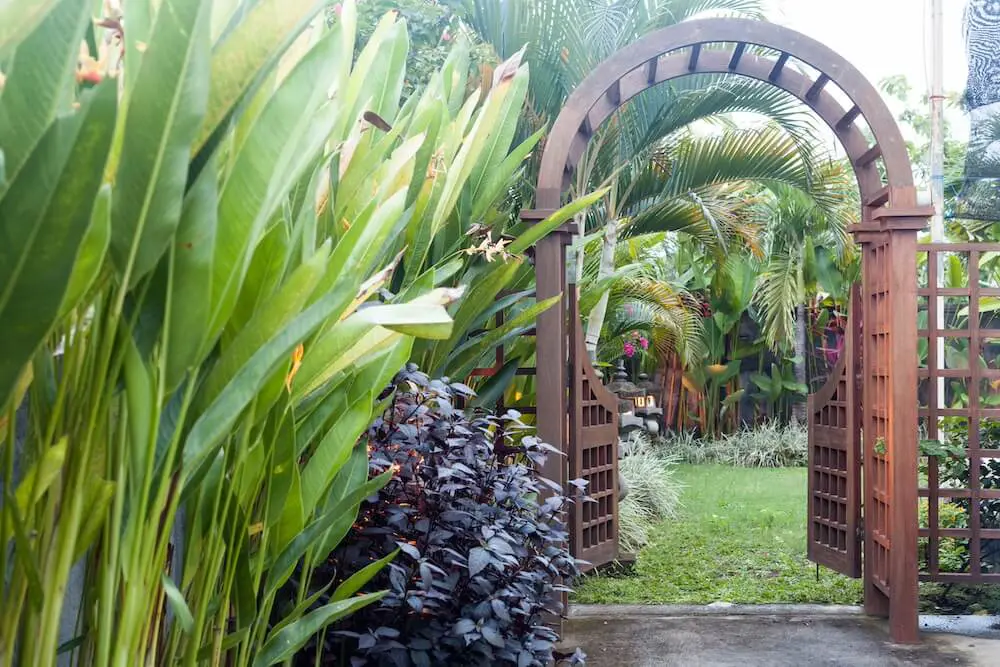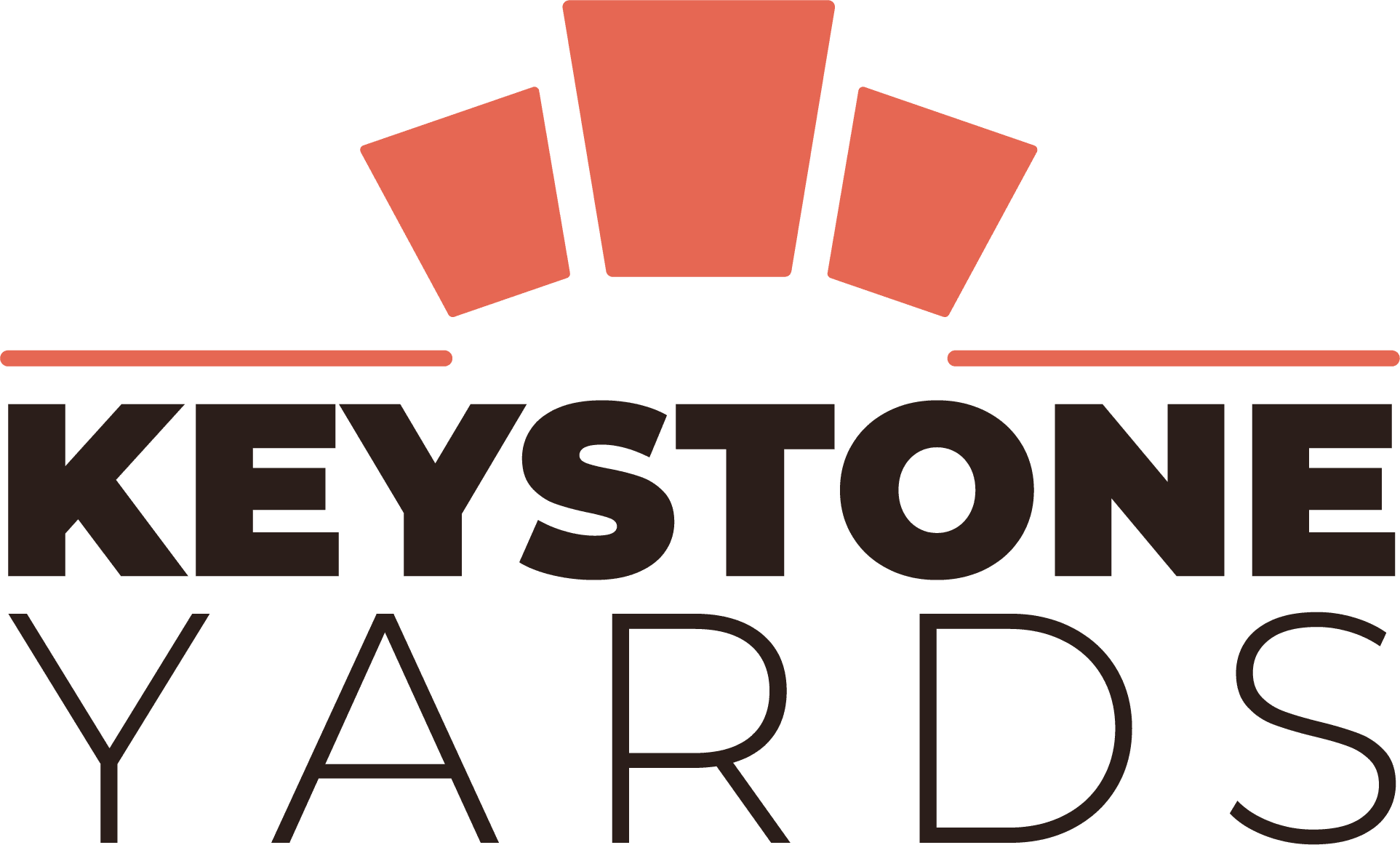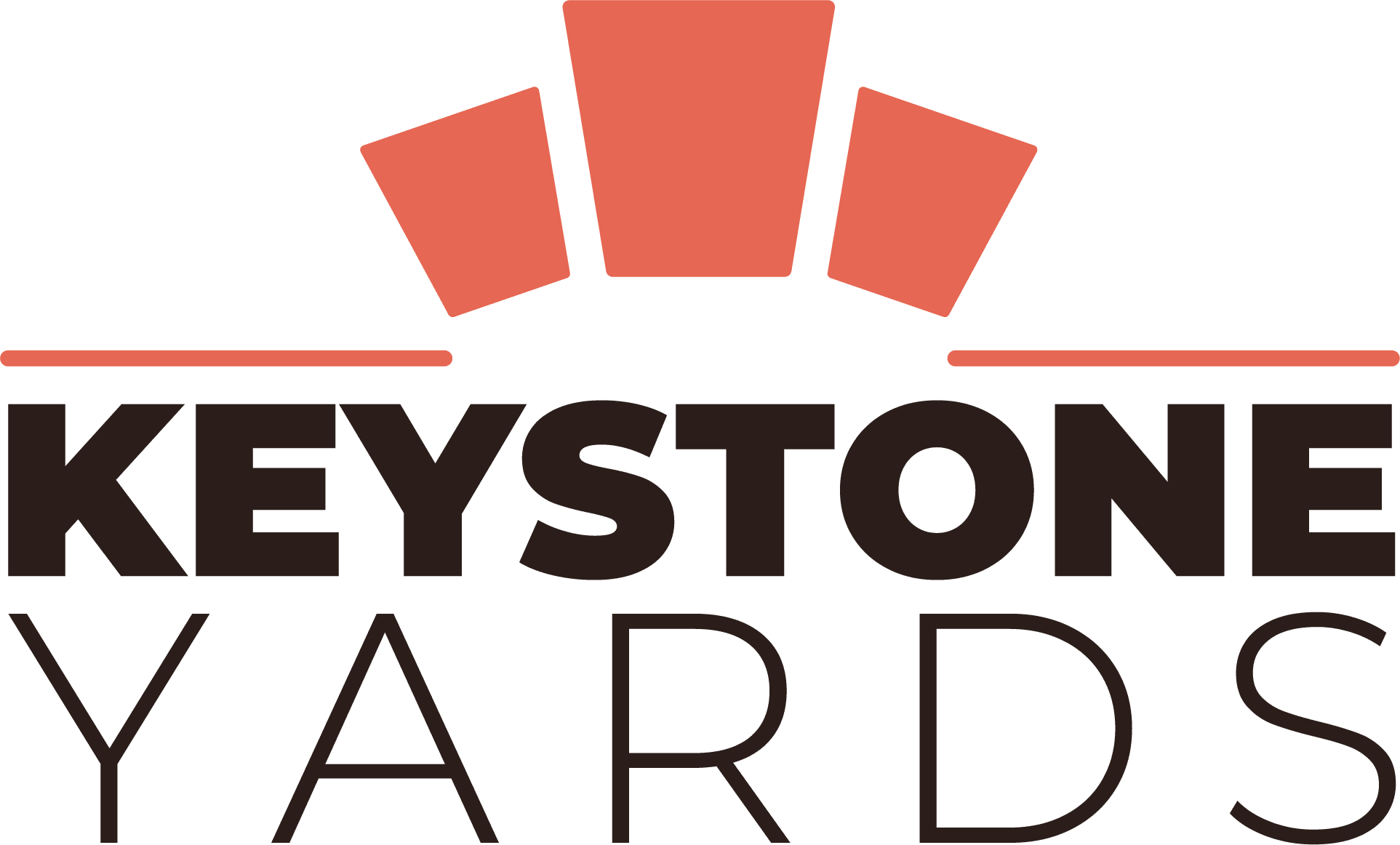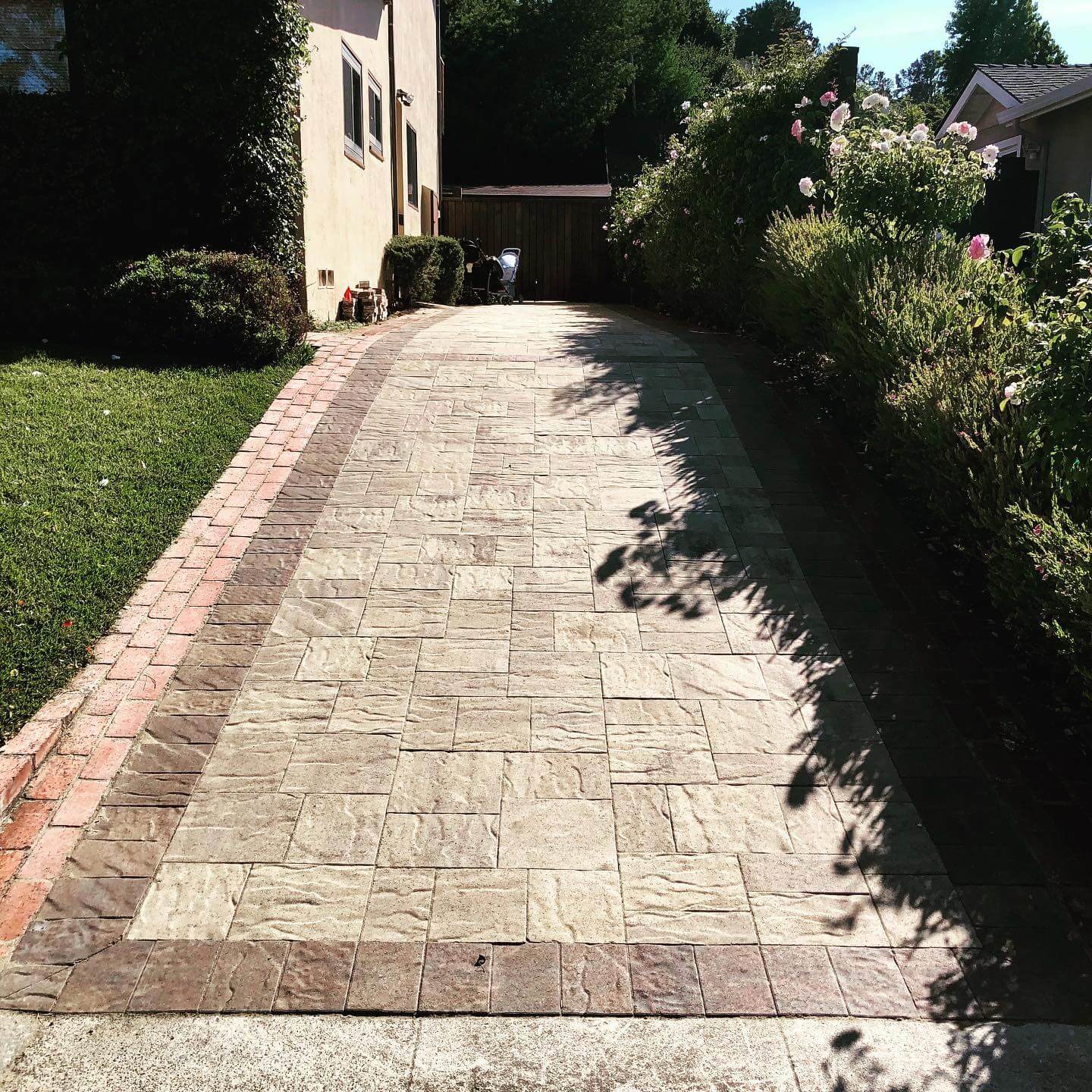
Arbors: Materials, Maintenance & Uses
What Is An Arbor?
An arbor is an arrangement for your yard or garden that provides decoration, shade, and shelter, and acts as a shield. You can build an arbor over an entrance gate, bench, patio, deck, or garden path. Often, plants or vines are allowed to scale on an arbor. As the plants or vines grow, they give the structure a more natural look that fuses into its surroundings. It is a vertical structure in a landscape or a garden that offers privacy and serves as an accent. It can blend in with the surrounding landscape or separate different garden spaces and allow traffic. Arbors’ walls and a roof consisting of an open framework to hold up colorful and fragrant vines. It can be attached to a fence, wall, or specific structure, or be freestanding alone. Arbors can be constructed from materials like wood or wrought iron.
Arbors consist of two or four posts with a simple cane roof often curved. The sides of an arbor can be open or covered with fretwork or trellis work for a more enclosed appearance and to help vines grow better. The arbor is an upstanding arch-like structure that is used to design an entry or exit for gardens or other outdoor areas. The arch’s attractive shape makes it unique for arching over walkways and pavers, creating a distinguishing tunnel-like passageway when covered in climbing vines and landscape. Like a pergola, an arbor is often made from an open framework or lattice of interconnecting pieces of material that serve as structural support for all means of climbing vines, shrubs, or plants. In addition to being constructed from a variety of materials, arbors also come in a variety of different architectural styles as well.
What Does Arbors Look Like?
An arbor is a freestanding structure that has a flat, curved or pointed roof. The roof and sides of the arbor create a tunnel/channel or overhang to shadow a gate, bench, patio, or lawn path. An arbor also adds an attractive feature to the landscape in your backyard. Arbor can also be used to split your garden into different areas, or outdoor spaces. An arbor can be quite long, forming a type of “channel” in your backyard to connect different spaces. You can also fix multiple arbors in a series to get the same impression. Remember that a structure does not essentially need to support plants or vines to be considered an arbor. An arbor can serve its own as an ideal landscape feature. In terms of size, an arbor is smaller than a pergola and larger than a trellis.
How Tall is an Arbor?
An arbor is tall enough for a person to walk under without bending or kneeling. For the majority of people, this means that the arbor should be at least 6-7 feet tall.
How Wide is an Arbor?
An arbor is usually wide enough for a person to walk through easily. This means that most arbors are at least 3 feet wide, although widths can vary up to 6 feet or more depending on the need.
Arbors Material
An arbor is a free-standing structure that provides decoration, shadow, shelter, and privacy for gates, paths, or benches in your yard or lawn. An arbor also makes your home more alluring and increases its sale value. You can use an arbor to serve for vining flowers, fruits, and vegetables to mount. Different arbors materials are available in the market. A steel arbor might straighten up to rain better than a wood arbor. While a vinyl arbor will wrinkle the elements, it may not be strong enough to carry all the climbing roses you think of.
Wood Arbors
Cedar, redwood, and bamboo are a few elegant choices. Each is rugged and offers natural beauty. Selection is based on your personal choice and budget. With wood, check for soft tans or rot annually or twice a year. Use pressure-treated lumber, which will hold up better, drive off water, resist rot, and can be painted or marked to your color of choice.
Plastic or Vinyl Arbors
Often delivered in stock with a few large pieces that need an arrangement, a plastic arbor is lightweight, cheap, easy to install, and requires little if any care. However, it may not hold up to extreme climate changes like heat and cold for more than a few years. And it may fall over during high winds or under the weight of heavy vines.
Aluminum Arbors
This aluminum-treated arbor is strong, maintenance-free, and durable. And if you already have an aluminum fence in your lawn or entrance, they’ll match.
Iron Arbors
Iron arbors are heavier than aluminum. A classic iron arbor with support deep in the ground can withstand heavy winds and rough weather. Iron can corrode, however, so choose a cherished and painted iron arbor for maximum life. The downside is, this is one of the most expensive arbor materials. It can cost thousands, specifically if custom-made.
Steel Arbors
Treated steel can be as durable as iron, yet molded into thin rods to create stylish and elegant arbors.
Arbors Maintenance
First, you need to learn how to trim arbor vines. For fruitful trimming, timing is important. If your vines are spring florets, and you trim them before spring, the plant will not bloom flowers for the entire year. An arbor is more about shrubs, trees, and vines than about wood. An arborist is a tree pruner or tree specialist.
Arbors Serve a Unique Purpose
While many homeowners favor the fashionability of a pergola, an arbor can be an ideal addition to areas that are looking for a smaller structural connection. Arbors are used to break up living spaces or add shadow and visual attraction to walkways, arbors can be low-cost and an excellent way to create visual interest in your backyard without the price and time engagement of a full pergola construction.
Difference Between an Arbor and a Pergola
An arbor and a pergola provide shade because of slats and posts, but each does so in unique ways. An arbor is a thin structure made up of or covered in herbage that creates shaded little entrances or nooks. On the other hand, a pergola is much larger and huge with a flat, spline roof and open sides. The rooftop may be covered with fabric or climbing vines or shrubs.
Both pergola and arbor are ideal outdoor hardscapes addition that adds elegance and aura to a home. Though they make look similar in some cases, these hardscapes are different from each other.
Roof design
A pergola has a flat roof with ample placed crossbeams, while an arbor has several roof designs. Pergolas have horizontally arranged roofs made of boards called rafters. They also have cross patterns on their roofs to partially allow sunlight to transfix the space. Pergolas have climbing vines and plants on the tops for full coverage.
Besides, arbors have distinct roof designs; curved, rounded, flat, or pitched roofs. Arbors can also grow shrubs and vines on their side panels and tops for more shadow in the paths or entrances.
Size
A pergola is larger in size, while an arbor covers small areas. Pergolas are giant enough to host many walkers, depending on their size. Conversely, arbors generally have narrow widths than pergolas. An arbor has a minimum height of 6-7 feet, a width of 3-4 feet, and can extend to 10 feet or more. Though arbors are smaller, they have enough space to allow people to walk through without bending or any other difficulty.
Sides coverage
A pergola usually has open sides, while an arbor has sides covered in vines and climbing plants. Pergolas have two or four pillars on their sides making them open-standing structures. But, other pergolas have fretworks on the sides for climbing shrubs or other plants extending to the top. On the other hand, climbing plants and vines grow on the side panels of the arbors, giving them a natural look.
Costs
A pergola is more costly than an arbor. Though costs depend on the material used for manufacturing, the size of the tunnels, and labor costs.
Also Learn About Our Landscape Design & Remodeling Services
Uses Of Arbors
Below are some reasons you should consider setting up an arbor in your entrance or lawn.
- To increase the aesthetic appeal of your home or building
An arbor in walkways or pavers, entrances to patios or decks, or lawns make the existing space look classy and attractive. They carry plants with flowers, fruits, vegetables, or vines climbing on the side panels and roof, which enhances the place’s elegance. An arbor at the entrance is a more welcoming addition.
- Provides shade and shelter
Arbors have vines and plants growing on their side panels and roofs which provide shade in the area below to protect you from the blazing sun. An arbor installed at the entrance of a patio or garden offers shade. When a single long arbor or several are arranged in a horizontal line to form a channel in a walkway or pavers, they provide shadow, making it cozier for one to walk. Some arbors also have three posts and a sitting area below. You can sit in for some shade while enjoying nature.
- To anchor plants
Growing the climbing plants and vines like tomatoes, roses, sweet peas, and grapes on the arbor’s side panels and roofs increases its aesthetics. This trick is more satisfactory if you install the arbor at the entrance of the lawn. Use plants such as Jasmine, Vinca Minor, Roses, Pachysandra, and Honeysuckle to produce sweet fragrances all over the home.
- Adds privacy
An arbor provides privacy in your lawn or yard when you set them in rows to form a gallery. This is ideal for obstructing neighbors’ views or creating a private hideout area in the home.
- Increase the value of your property
An arbor at the entrance or your lawn space makes the area look more beautiful. Use attractive sceneries in your house like arbors to entertain guests and make a home look more luxurious. With other pros like shades and privacy, a home with an arbor attracts buyers and hence high prices in real estate than one without.





